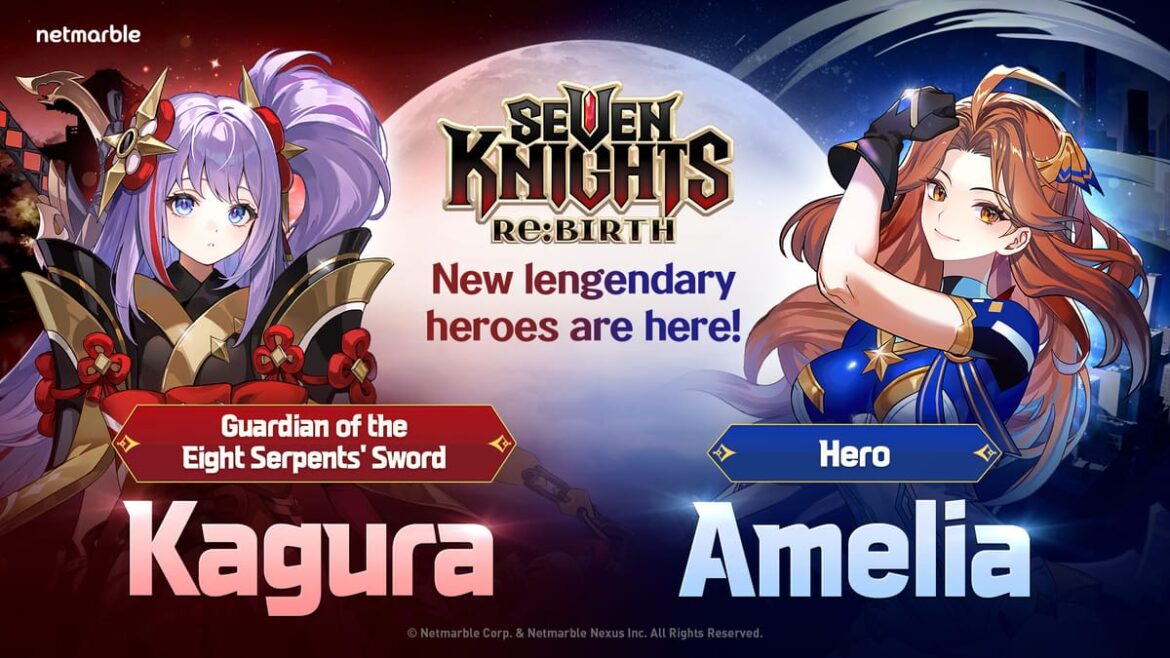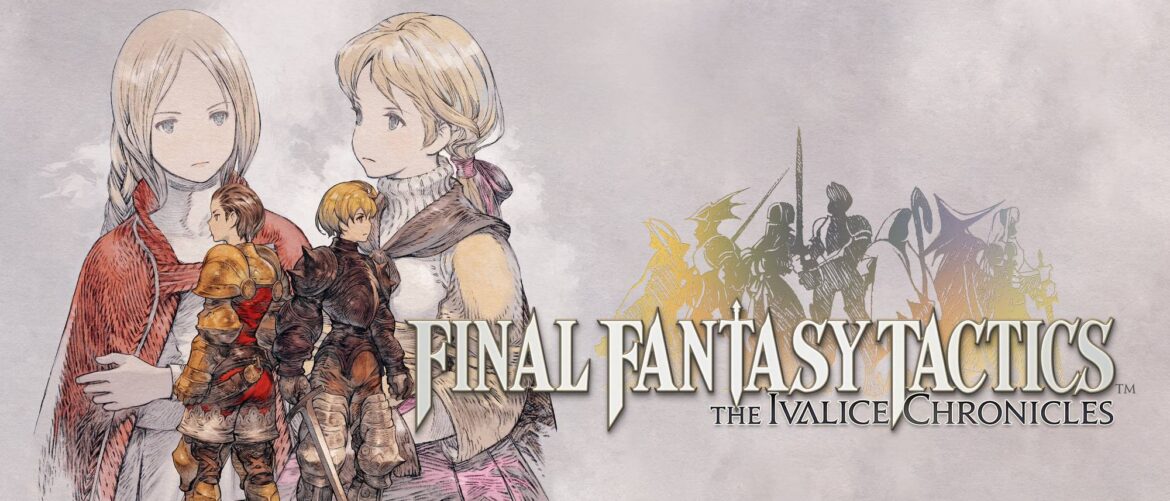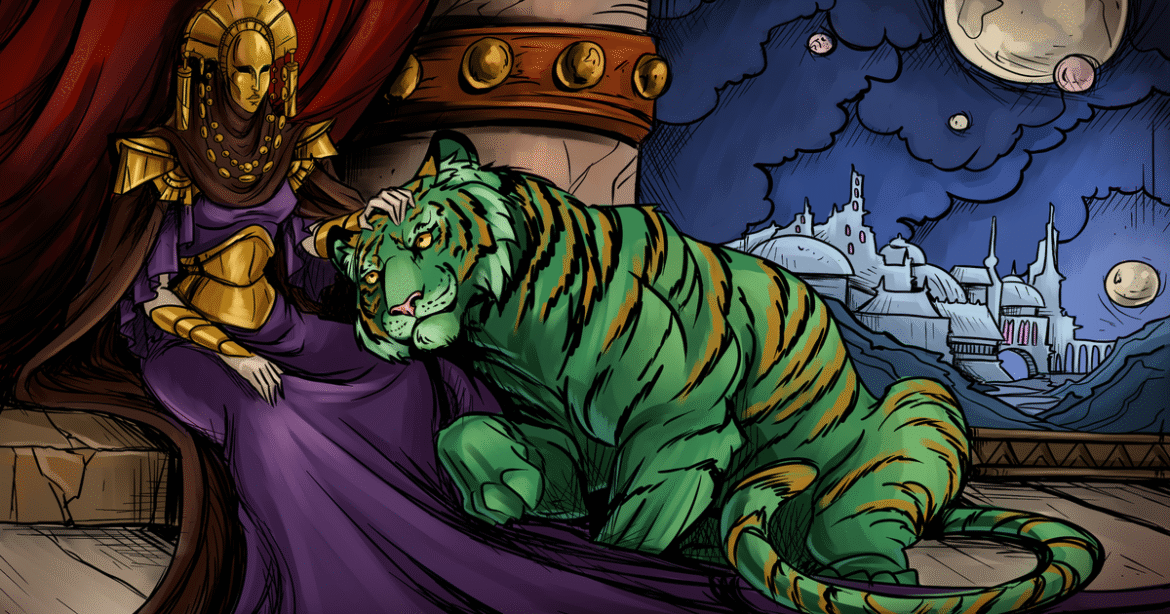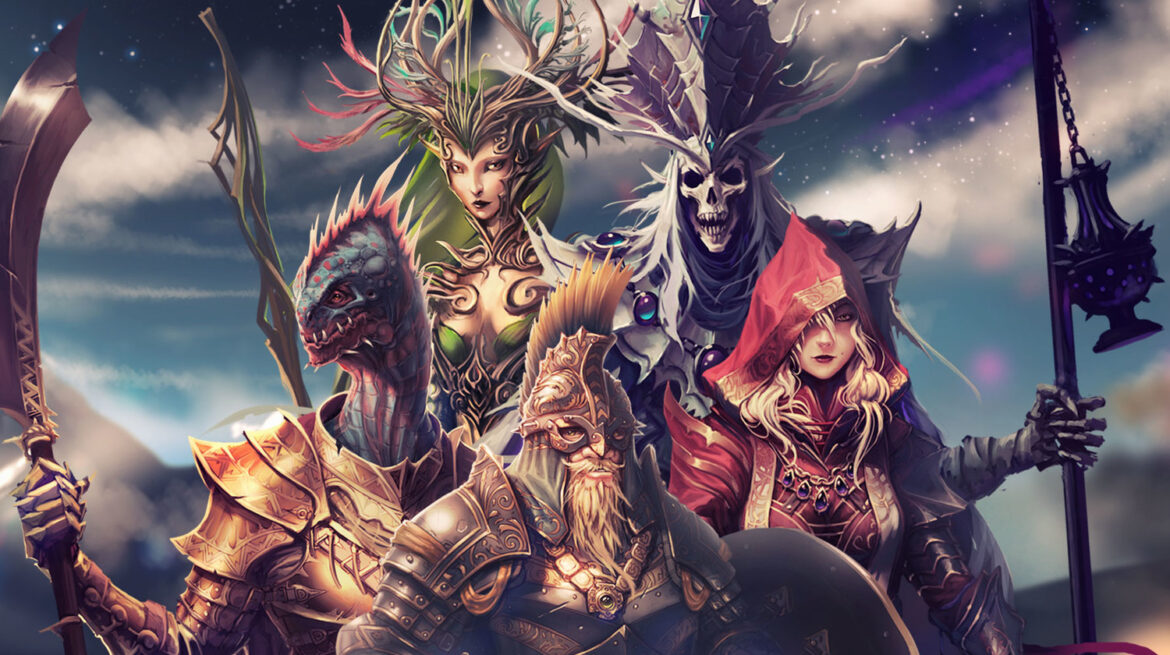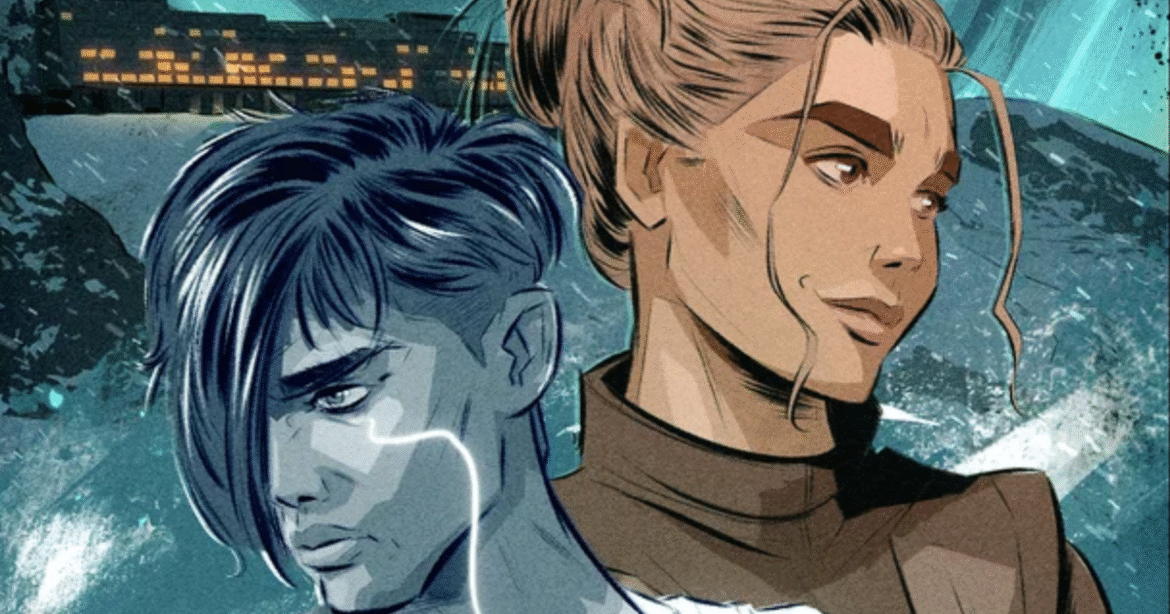LOS ANGELES – OCTOBER 2, 2025 – Netmarble, a leading developer and publisher of high-quality games, has released a new in-game update for its collectible RPG Seven Knights Re:BIRTH. Starting today, players can experience brand-new heroes and various events.
Two new Legendary heroes have been added to the roster of playable characters. The [Guardian of the Eight Serpents Sword] Kagura is a shaman with extraordinary spiritual abilities who wields the family heirloom, the Eight-Serpents’ Sword, and is known for her skills “Unleashed – Eight Serpents’ Sword” and “Unleashed – Snake Hunting.” Players will have a higher chance to acquire Kagura via the Kagura Rate Up Summon Event, and earn valuable rewards such as a Brilliant Skill Enhancement Stone and Rate Up Hero Summon Vouchers through the Kagura Power-Up Event.
[Hero] Amelia is a newly added attack hero that uses skills like “Entry Denied!” and “Save the Day!” She can be obtained from the hero summon or the Guild War Exchange Shop. Players can learn more details about the new heroes via the official forum.
Other content updates include the introduction of Area 20 “Earth Gate” and new costumes for Lina, Rudy, and Karma. Additionally, the Full Moon Summon event is running for a limited time, allowing players to add the Seven Knights of Old heroes to their wish list and have an increased chance to acquire them.
Seven Knights Re:BIRTH inherits the key elements of the original Seven Knights, Netmarble’s flagship IP that has surpassed 100 million cumulative downloads,including its story, characters, combat systems, and core mechanics while enhancing the gameplay experience with modern gameplay features and the latest trends.
More details on Seven Knights Re:BIRTH are available on the official website and forum. Fans can also stay up-to-date with the latest information on the game by following official social channels on Facebook and YouTube.
Share this article
The link has been copied!
Affiliate Links

